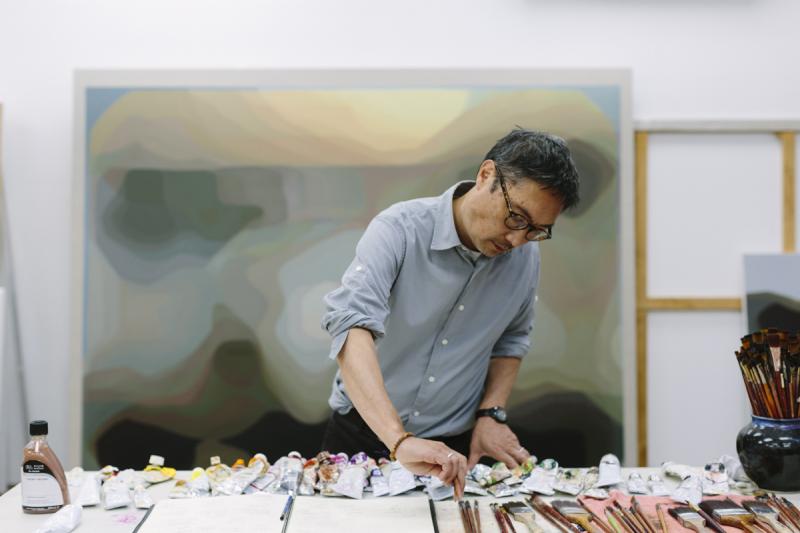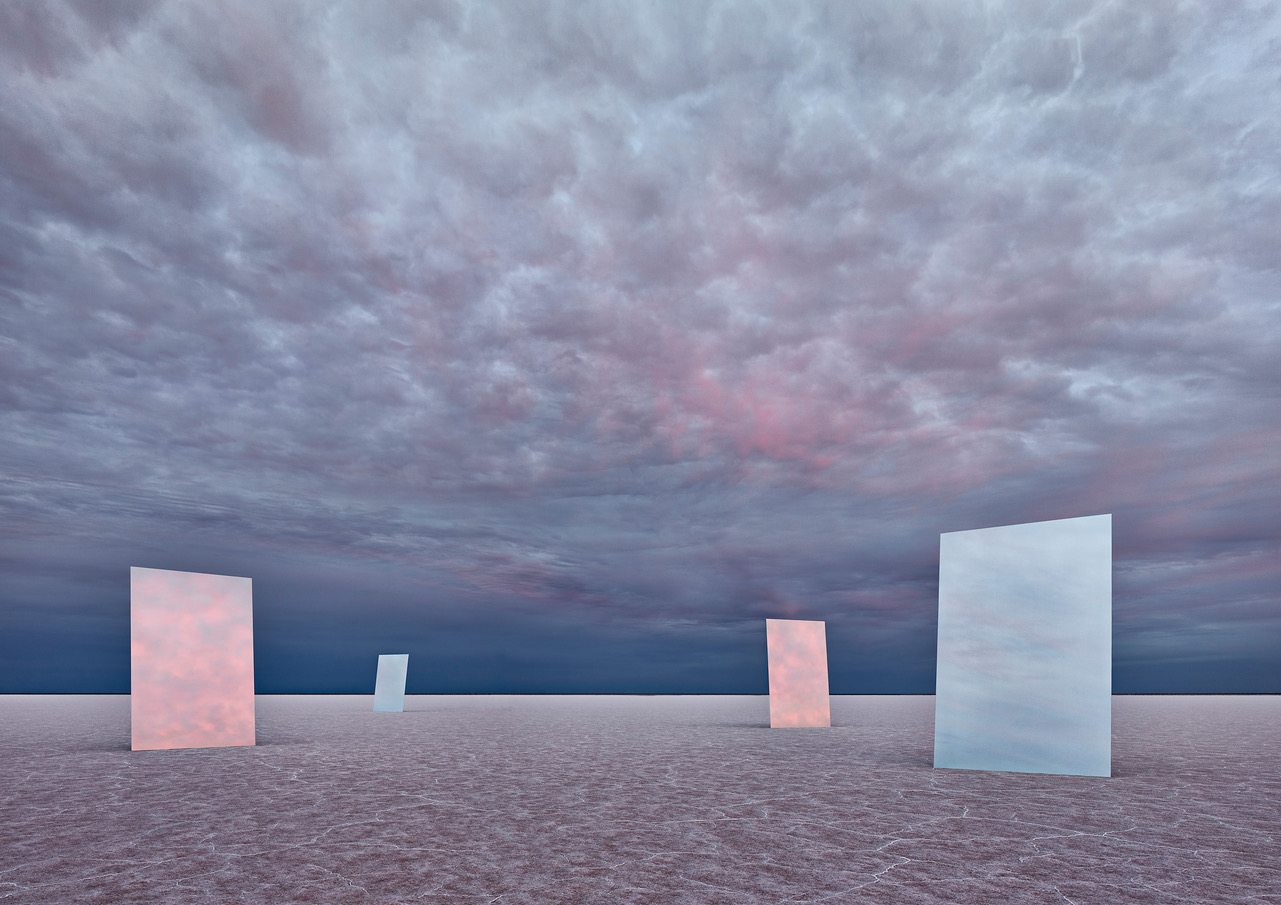Opening today at Blue Mountains City Art Gallery is the exhibition with every breath, featuring JULIE RRAP's work Blow Back.
with every breath presents work by 15 artists who encourage us to be still, breathe, reflect and listen. The idea of breath is beautifully captured in Julie Rrap’s suite of photographs, Blow Back, where the artist has etched the breath of 33 female artists, friends and contemporaries on the frame’s glass. Five other ARC ONE artists posed as Rrap's subjects in this work!
The exhibition continues until 25 August.
GUAN WEI
GUAN WEI's large-scale work Revisionary is in the Art Gallery of New South Wales' new exhibition In one drop of water.
Drawing on rich and diverse works of art, primarily from the AGNSW collection, this exhibition explores the poetic, symbolic and social significance of water in Asian art. Revisionary is dominated by an aqueous bright blue plane, symbolising both the heavens and the ocean. The artist has referred to this work as representing a form of last judgement.
The exhibition continues until December 2020.
Guan Wei, Revisionary, 1998, 26 panels, synthetic polymer paint on canvas, dimensions variable.
MARIA FERNANDA CARDOSO
Maria Fernanda Cardoso, On the Origins of Art I-II [film still], single channel HD video, hyper realistic sound with tactile dimension, 6:54sec loop
MARIA FERNANDA CARDOSO's video installation On the Origins of Art I-II is now on show at the MCA in their new exhibition The lover circles his own heart. The exhibition presents artworks from the MCA collection that deal with the theme of relationships.
The subject of Cardoso's video work is the Maratus, a tiny Australian spider commonly known as the peacock spider. The artist has recorded their ostentatious mating ritual using HD macro cinematography and a laser vibrometer, capturing the male spider's colourful dance and the distinctive beat it makes with its vibrating abdomen. With this work, Cardoso argues that humans are not alone in their production and appreciation of the arts – the spider's complex system of courtship has, after all, created a discerning aesthetic sense among the females, who will either choose or reject the male based on his choreographed performance!
The exhibition continues at the MCA until 22 September.
JOHN YOUNG
The Australian Tapestry Workshop is hosting an exclusive visit to the studio of JOHN YOUNG next Tuesday 2 July at 5.30pm.
Young has collaborated with ATW on two significant tapestries, 'Open World' (2005) and 'Finding Kenneth Myer' (2011). Join the artist on a tour of his studio, and to learn more about his practice and recent projects and exhibitions.
Book now to secure your spot!
JOHN DAVIS | ROBERT OWEN
Robert Owen, Origami #8, 1992, acrylic on canvas, 122 x 122 cm
Melbourne Modern: European art and design at RMIT since 1945, curated by Jane Eckett and Harriet Edquist, is now open at RMIT Gallery, featuring the work of ROBERT OWEN and JOHN DAVIS.
In the wake of WWII, hundreds of exiled and displaced European artists, architects and designers arrived in Melbourne and sought employment with RMIT. Melbourne Modern traces a legacy of European intervention and interdisciplinarity through successive generations of RMIT teachers and students to the present day.
The exhibition continues until 17 August.
IMANTS TILLERS
Still from the film Thrown Into The World.
Thrown into the World is a feature-length documentary on the life and work of IMANTS TILLERS. The film offers a unique insight into Tillers' creative process and cross-cultural identity.
Thrown into the World will be screened at Parliament House in Canberra at 2pm today, followed by a Q&A with with Imants and Justine Van Mourik, Director of the Parliament House Art Collection.
Watch the trailer here, and read more about the Canberra premiere here.
LYDIA WEGNER
Lydia Wegner, Sliding Yellow, 2019, archival inkjet print, 100 x 67 cm.
LYDIA WEGNER is speaking at the MGA alongside fellow exhibiting artist Lauren Bamford and Senior Curator Pippa Milne to discuss the concept and process behind the commission Robin Boyd: Portrait of an Australian House.
The resulting new work is presented with a unique architectural intervention in the MGA gallery.
The artist talk will take place this Saturday 15 June between 2 - 3 pm. The exhibition continues until 12 July.
The event is free, but do register here.
JULIE RRAP
Julie Rrap, ‘Stepping Out,’ 2012, bronze and metallic paint, 16 x 25 x 28 cm
JULIE RRAP's work Stepping Out is included in Simon Denny's exhibition Mine opening at MONA tomorrow. The exhibition revolves around mining as a reflection of hope and anxiety about the environment, technology, and development.
Stepping Out recalls Rrap's iconic foot image Overstepping (2001). In both works she extends an image of her feet, transforming them into a pair of stiletto heels. Rrap's high-heeled feet represent a futuristic speculation on where genetic engineering and cosmetic surgery may lead us.
This exhibition opening is part of the Dark Mofo programme. It will continue into the evening, with live music from 4pm.
EUGENIA RASKOPOULOS
in a word untitled #1, 2004, marble, 193.5 x 71.5 x 3 cm; Un(truth), 2019, reflective vinyl, 578 x 358.5 cm. Installation view at Campbelltown Arts Centre; photo courtesy of the C-A-C.
EUGENIA RASKOPOULOS is exhibiting a newly commissioned work in OK Democracy, We Need To Talk at Campbelltown Arts Centre (C-A-C), alongside an existing work.
OK Democracy, We Need to Talk is a conversation and a provocation that suggests an ambition for change through the exploration of how democracy is performed in its current state. Reflecting on the current state of democracy in Australia and around the world, the exhibition presents an open discussion about democracy and its future – or potentially – its demise.
Raskopoulos worked with journalist Peter Greste on her new work Un(truth), which focuses on journalists who have lost their lives in search of democracy and freedom of speech. Mirrored letters run down the gallery wall, forming the names of 54 journalists who were killed in 2018. This work is paired with an older piece, In a word, a marble slab inscribed with the word DEMOCRACY in Ancient Greek. The marble sits on the floor as if dropped from above and suggests a broken or unstable system. "I equate democracy with a sense of freedom, a sense of equality, but I feel neither of these are accurate descriptions of democracy in this day," Raskopoulos said.
The exhibition continues until 31 July.
MURRAY FREDERICKS
Murray Fredericks, Array 8, 2018, digital pigment print on cotton rag, 120 x 170 cm
MURRAY FREDERICKS has a large feature in the latest edition of Artist Profile magazine. Fredericks touches on his formal influences, his process, and his ongoing relationship with Lake Eyre.
"The geometry goes back to the Bechers, and Donald Judd in minimalism. One of the criticisms of that minimalism is that it's detached and cold. I look at this as minimalist work but overlaying it with emotion and re-overlaying with a political message...What I am looking at is anything in the landscape that is used to quantify the viewer's experience. Out there it is about setting up where perspective and scale are denied. That is where I am trying to find abstraction," says Fredericks.
Issue 47 of Artist Profile is in stores now and the profile will be online in the weeks to come.
GUO JIAN
Guo Jian, The Square, 2014.
GUO JIAN was detained in China over his controversial model of Tiananmen Square in 2014. The Square saw a diorama mired by war, and covered in raw pork mince; a representation of the sights and smells of Tiananmen. Now in Australia, Guo is remaking the model to mark 30 years since the massacre. It will be exhibited later this year.
Guo Jian explains that "My art is my power, I can send a message to people through it and I want people to know I will never forget what happened at Tiananmen Square." And further that "Tiananmen has become a symbol of China’s power; no-one can touch it - but I wanted to make the diorama show that it will rot."
Read more about Guo Jian's experiences as a Tiananmen Square protester and his remaking of The Square via the links below.
CYRUS TANG | ANNE ZAHALKA
Cyrus Tang, Golden Hour - Summer Snow - 108 mins, 2018, archival pigment print, 65 x 65 cm.
Congratulations to CYRUS TANG and ANNE ZAHALKA, finalists in the 2019 Olive Cotton Award for photographic portraiture.
The finalist exhibition will open on 12 July and continue until 22 September, with the winner announced at the exhibition opening at Tweed Regional Gallery on Saturday 13 July at 5pm.
Anne Zahalka, The Ambassadors, 2017, pigment ink on canvas, 124 x 94.4 cm.
SAM SHMITH
Sam Shmith, Untitled (figure, glass, landscape / consecutive), 2019, pigment print on paper, diptych, sheet: 168 x 110 cm, each, 168 x 220 cm, overall.
ARC ONE is delighted to present the sacredness of something, the latest solo exhibition by New York-based artist Sam Shmith.
One possible description of life in the era of digital capitalism is an unwitting, machine-driven conspiracy against the act of concentration. As ever smaller fractions of our attention become monetised, the competition for them increases in speed and aggression. And as ever subtler means are employed to win those fractions from us, our capacity to even discern what it is we are paying attention to is frequently overwhelmed. In this onslaught of distraction, we either try to will our brains to operate at digital speeds or shut down and dissociate. Most of us do some of both. Lost in the space between these two reactions is the environment of mind that permits us to focus and to reflect and to feel.
One possible description of Sam Shmith’s artworks is as the distillation of a sustained effort, despite these forces, to focus and reflect. As such, they are a means for us to do the same. To slow our minds to the point of seeing rather than just looking. To neither consume in haste nor fall asleep, but instead be awake and open and newly alive to the old experience of wonder. This is no small accomplishment.
the sacredness of something... is a selection of large-format works on paper from the last three years of Shmith’s work. One imperfect way of categorising them is to distinguish between what we might call the transit images and the scale images. The former, which constitute the plurality of this exhibit, are a kind of hybrid of landscape and figure. Passengers on what appear to be commuter trains are captured in refections on the glass of the windows they sit opposite. While these figures are the centres of visual gravity, the place our eye is eventually drawn, their almost ghost-like figures are subsumed in the much larger field of the passing landscape seen out through the window of the moving train and the play of light it creates on the glass. Foreground, figure, and background are less defined spaces than the slightly blurred layering of all three in motion. The seemingly mundane subject of a commute is rendered existential.
The scale images, on the other hand, are of massive distant landscapes—a city from above, the sky, the stars—as seen through the minute detail of filters very close to the eye: the plastic of an airplane window or a simple sheet of glass. While there are no human figures in these works there is a strong sense of the implied human viewer, the person glimpsing vastness through the grain of the vanishingly small. The play here is precisely this shifting back and forth that the images produce in us between the scale of the infinite and the scale of that which is so close to us it is almost invisible. The pictures imply that there is a relationship, an interconnectedness between these two registers that we are habitually missing. And so instead of being conventional images of grand vistas that suggest wonder without the power any longer to produce it, these pictures manage to capture the mind itself in the process of looking. And this, almost miraculously, returns our wonder at the scale of the world back to us from beneath the clichés under which it has been buried.
- Adam Haslett,
Sam Shmith, Untitled (glass, sky), 2019, pigment print on paper, sheet: 230 x 150 cm
Sam Shmith (b. London, 1980) is an Australian artist based in Melbourne and New York. He has held seven solo exhibitions since graduating from RMIT, Melbourne in 2005. Shmith moved to New York in 2012, where he worked as studio director for the artist Adam Pendleton.
Shmith has been curated into several group shows including Photography 130: 130 years of RMIT Photography (RMIT University Gallery, Melbourne, 2017); Gifted Artists (National Gallery of Australia, 2014); and Light Works (National Gallery of Victoria, 2012). His work has been acquired into several major collections including the National Gallery of Australia, the National Gallery of Victoria, Parliament House Art Collection, Canberra, Patrick Corrigan Collection, Murray Art Museum, Artbank, and Macquarie Group Collection, as well as private collections throughout Australia and the United Kingdom.
Shmith was the winner of the Macquarie Group Emerging Artist Prize and the Patrick Corrigan AM Acquisitive Award. His work was acquired by the Murray Art Museum in their National Photography Prize. Shmith has been a recipient of development grants through both the Australia Council for the Arts and Arts Victoria. He has been offered residency fellow positions at the Saltonstall Foundation for the Arts, New York and the BSA Ralph Woodford Residency, NSW. Shmith has been a fnalist in several prestigious visual arts awards including the Josephine Ulrick & Win Schubert Photography Award, the William and Winifred Bowness Photography Prize, the Fleurieu Art Prize for Landscape, the Blake Prize for Religious and Spiritual Art, and the Albury Art Prize.
_
The artist wishes to thank the Saltonstall Foundation for the Arts, New York and the BSA Ralph Woodford Residency, NSW for their support during the development of this exhibition.
LYDIA WEGNER
Lydia Wegner, ‘Kitchen Grid’, 2019, archival inkjet, 100 x 67cm
LYDIA WEGNER has been commissioned to produce a series of new works centred on the Wright House in Warrandyte, one of Robin Boyd's iconic family homes. Curated by Pippa Milne, the exhibition Robin Boyd, a portrait of an Australian house celebrates the architecture of Robin Boyd through the medium of photography.
"Lauren Bamford and Lydia Wegner approach the subject of a Boyd house with very different lenses, bringing an energising and intensely new way of seeing this now classic architecture – which was iconoclastic in its day. Wegner brings an eye of abstraction to elicit something unexpected from the familiar architecture, while Bamford masterfully draws out the spirit and joy of a space as a living thing. This newly commissioned work, together with a fabulous swathe of vintage prints of Boyd homes, aims to show just how many ways there are to see and occupy a Boyd house," says Milne.
The exhibition continues until 14 July at the Monash Gallery of Art (MGA).
JANET LAURENCE
Janet Laurence, photographed in her studio by Jacquie Manning.
JANET LAURENCE is interviewed in this month's issue of Vogue Living, where she discusses her MCA show 'After Nature' and her past and present work.
In the article Janet delves into her formative time at an Italian art school in the 70s, her job as a flying artist with Gwyn Hanssen Pigott, and the discordance between European agricultural practices and the Australian landscape.
"[The alarming thing was that our approach] to art was the exactly same approach to farming - people just applied a European perception to the landscape. They didn’t actually look at it how it was, but they were just painting it through the eyes of a European Impressionist. So that was kind of funny and I realised that we can’t see what this place is. So, then I just decided I wanted to start exploring it a bit more and art was a great means for doing that," Laurence says.
'After Nature' continues at the Museum of Contemporary Art Australia until 10 June.
JACKY REDGATE
Jacky Redgate, Untitled, 1991, cardboard, paper, 27 x 27 x 27 cm
JACKY REDGATE is showing work in the exhibition 'IN-Formalism' at the @casulapowerhouse
'IN-Formalism' witnesses the evolution of abstract non-objective art in Australia from 1968. The exhibition surveys the key generation of artists who have contributed to the ongoing language of abstract art. It presents these works alongside a wide range of artefacts in design, textiles, advertising, urban design, film and performance and reveals the influence this art-form had in our times.
The exhibition opens today and continues until 30 June.
ANNE ZAHALKA
Anne Zahalka’s mother, Hedy (right), and friend, Prague, Czechoslovakia
Hedy Zahalka's image recreated by Alice Zahalka and Sophie Wild, 2018
ANNE ZAHALKA is exhibiting contemporary street photography alongside photographs from the mid-20th century at the Museum of Sydney's exhibition Street Photography: 1930s - 1960s.
Commercial street photographers were a familiar sight on Sydney's streets, capturing everyday people as they strode by or stopped to pose. Taken against the vibrant background of the city streets, these photographs captured candid moments in the lives of millions of people, from uniformed servicemen and women to postwar migrants exploring their new city and young couples out for a day on the town. Following a hugely successful public call-out, the exhibition draws together photos from hundreds of private family albums. This extraordinary, largely unseen record of Sydney and its people is displayed alongside contemporary photography by Zahalka, capturing people on the streets of Sydney today.
The exhibition has been so well received that it is shortlisted for MAGNA's Best Temporary/Travelling Exhibition 2019. It continues until 21 July.
Click here to see a short video on Anne’s inspiration behind the exhibition; here for an interview with Anne; and here for exhibition details.
PETER DAVERINGTON
Peter Daverington, Space is the Place, 2019, oil and gold leaf on canvas, 198 x 152cm
Congratulations to PETER DAVERINGTON, whose work Space is the Place is a finalist for the Nillumbik Prize for Contemporary Art, a biannual acquisitive art prize open to emerging and established artists working in any medium across Australia. The Prize is presented in association with Montsalvat Arts Centre.
The finalist exhibition opens on 30 May at the Barn Gallery Montsalvat, and runs until 21 July.
IMANTS TILLERS
Imants Tillers, All hail Greg Inglis, 2019, synthetic polymer paint and gouache on 64 canvasboards, 242 x 242 cm overall.
IMANTS TILLERS is a finalist in the 2019 Archibald Prize with his portrait of rugby league legend Greg Inglis. Congratulations Imants!
”Many artists, writers, actors and other cultural workers secretly follow sport,” says Imants Tillers. “I was recently delighted to learn that Tracey Moffatt follows the South Sydney Rabbitohs (co-owned by Russell Crowe). I have also been a supporter since 1965, when as a 15-year-old I attended the legendary grand final between South Sydney and St George. To witness Greg Inglis in full flight, equipped with a fend that could stop a freight train, is to see poetry in motion. Thou majestic!
But there is far more to Greg Inglis than being an elite Indigenous athlete. He is a hero and role model to Indigenous communities all around Australia, and a community leader of enormous influence. His great act of grace is to engage with these communities. He teaches children and adolescents how to avoid drugs, alcohol and violence and how to adapt to the many other challenges that these disadvantaged children and adolescents face. Every human being is the greatest work of art ever created. He brings hope and a sense that anyone, despite everything, can be master of their own destiny. All hail Greg Inglis!”
ANNE ZAHALKA
Anne Zahalka, The Mallee, near Benetook in Sunraysia Region of Victoria, 2019, archival pigment ink on rag paper, 80cm x 80cm. Source: Museums Victoria.
ARC ONE Gallery is delighted to present Wild Life, Australia, a new body of work by one of Australia’s preeminent artists, Anne Zahalka.
The term Anthropocene describes an ecological turning point where the impact of human behaviour has significantly and permanently affected our planet, contributing to drastic changes on climate and the environment. In response, Anne Zahalka presents Wild Life, Australia, a reimagining of early Australian dioramas from natural history museums that mark out unsettling ethical and environmental issues in this country. Re-working these contrived ‘habitats’ to acknowledge First Nations people and the impact of colonisation, Zahalka reflects on the permanent altering of the Australian environment within the age of the Anthropocene.
Habitat displays and dioramas have been part of natural history museums since at least the late nineteenth century. Intended to educate museum visitors about native flora and fauna, these displays present pristine environments, frozen in time, devoid of man-made issues. By digitally inserting traces of reality into this idealised, optimistic imagery, Zahalka subverts these fixed narratives and reflects on the changing relationship that exists between people and the natural world. Working with conservationists, curators and photographers in the field of birds, bats, marsupials, mammals and amphibians, Zahalka has identified original habitat locations and incorporated new data to set out alternative and contemporary ways to view these landscapes.
Anne Zahalka, Fruit Bat, Nepean River, Sydney Region of New South Wales, 2019, archival pigment ink on rag paper, 98cm x 80cm. Source: Museums Victoria.
In this exhibition, Zahalka digitally disrupts, hand-colours, and evolves archival photographs of historic Australian habitat displays so they become bearers of contemporary meanings and inferences. Birds ingest plastic with devastating results, planes and helicopters slash across painted skies, waterholes are drained, heat exhausted fruit bats fall from trees, bushfires blaze, housing developments invade, and cars and buses scar the landscape. Based on current science and the damaging carbon footprint left by tourism, industry, and population growth, the digital interventions within these re-imagined displays are pointers to the ongoing negative impact humans have had on the natural world and the need to take action.
With a career spanning more than three decades, Anne Zahalka is one of Australia’s leading contemporary artists. She has exhibited widely since the 1980s, nationally and internationally. Zahalka’s work has featured extensively in major exhibitions, including Civilization: The Way We Live Now, National Museum of Modern and Contemporary Art of Korea, Gwacheon, South Korea (2018); The Photograph and Australia, Art Gallery of New South Wales, Sydney (2015); Mix Tape 1980s: Appropriation, Subculture, Critical Style, National Gallery of Victoria (2013); Things – Photographing the constructed world, curated by Helen Ennis, National Library of Australia; Three Australian Photographers: Bill Henson, Tracey Moffatt, and Anne Zahalka, GEM/ Fotomuseum, Den Haag, Netherlands (2007); Leisureland, Australian Embassy in Washington (2007); and Fieldwork: Australian Art 1968 – 2002, National Gallery of Victoria (2002).
Select recent solo exhibition include Street Photography, Sydney Living Museums, Museum of Sydney (2019); The Fate of Things: Memory objects and art, with Sylvia Griffin, Sydney Jewish Museum (2019); The Landscape Revisited, MAMA Murray Art Museum, Albury NSW (2017); Anne Zahalka: Playground of the Pacific, Manly Art Gallery & Museum, Sydney (2016); Parliament House at Work, 25th Anniversary commission, Parliament House, Canberra (2014); Anne Zahalka: A Case Study, Lake Macquarie City Art Gallery (2013).
Anne Zahalka’s work is held in many public and private collections including the National Gallery of Australia; Art Gallery of New South Wales; National Portrait Gallery; Australian Bicentennial Collection; National Art Gallery, Wellington, New Zealand; Parliament House Collection; National Gallery of Victoria; Sir Elton John Collection; Deutsche Bank Collection; International Polaroid Collection, USA; Visart, New York; and numerous other regional galleries, universities and private collections in Australia and abroad.
This exhibition is part of CLIMARTE’s ART+CLIMATE=CHANGE 2019 - a socially-engaged festival of climate change related arts and ideas featuring curated exhibitions and theatre works alongside a series of keynote lectures, events and public forums featuring local and international guests. www.artclimatechange.org.au.
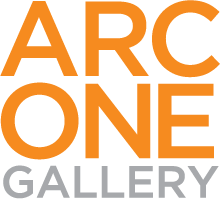
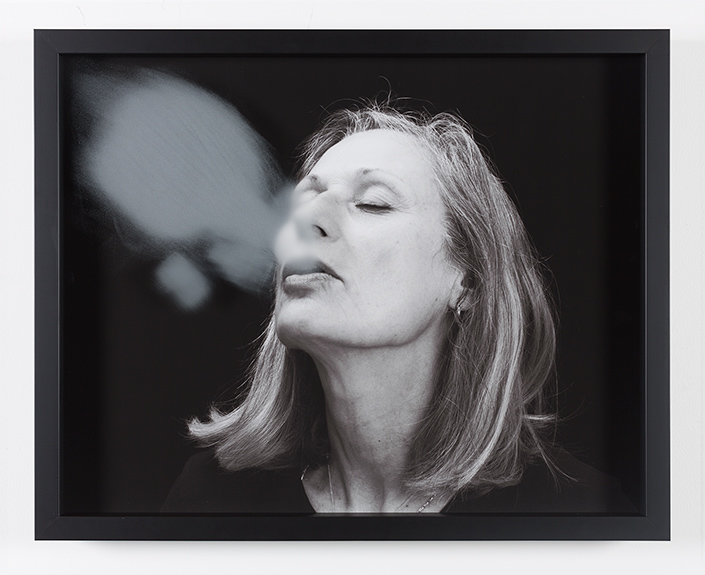
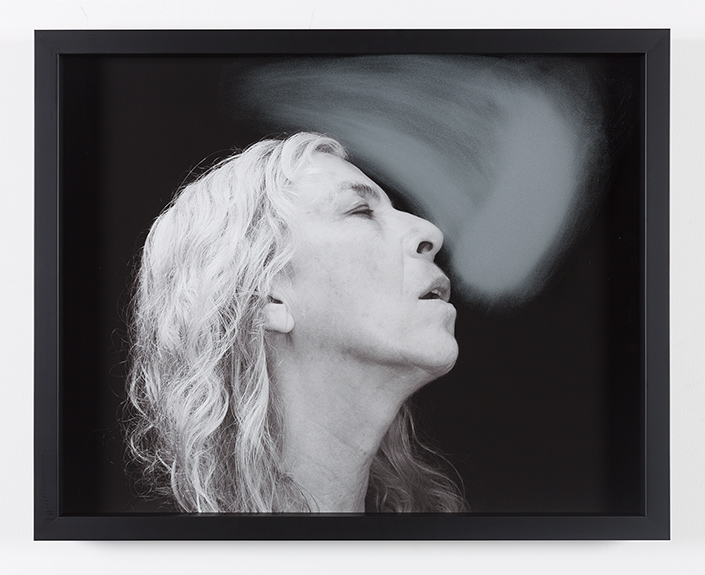

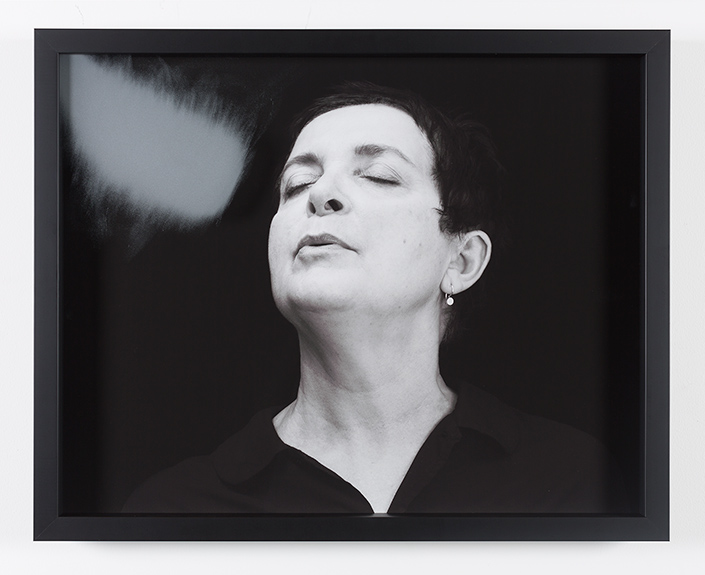



![Maria Fernanda Cardoso, On the Origins of Art I-II [film still], single channel HD video, hyper realistic sound with tactile dimension, 6:54sec loop](https://images.squarespace-cdn.com/content/v1/54012345e4b0f72d40b6c44e/1561610831287-T75JBP56SS50DFP7LBHO/Cardoso_On+the+Origins+of+Art+I_ARC+ONE.jpg)
